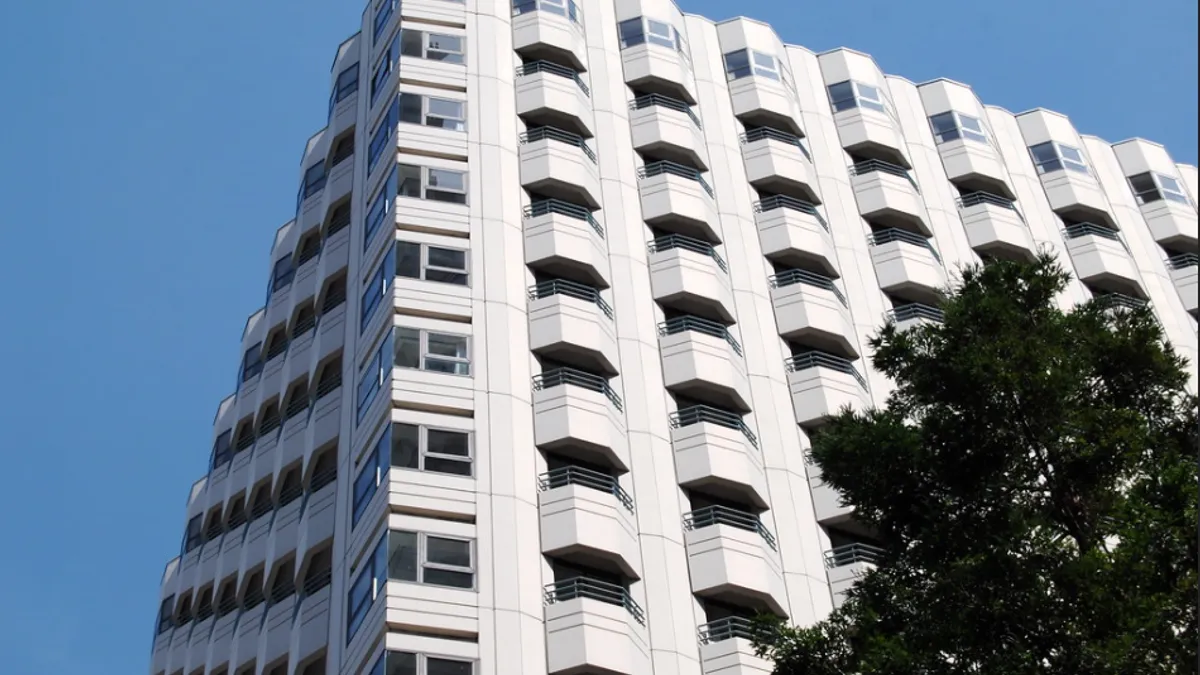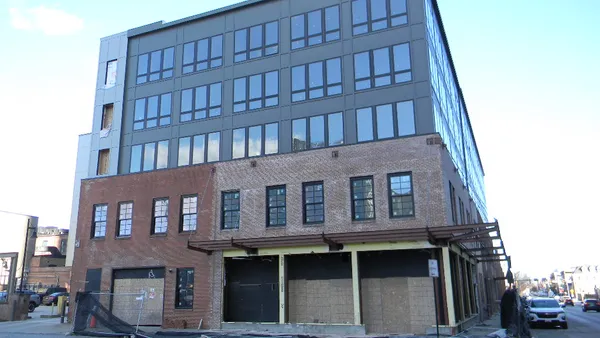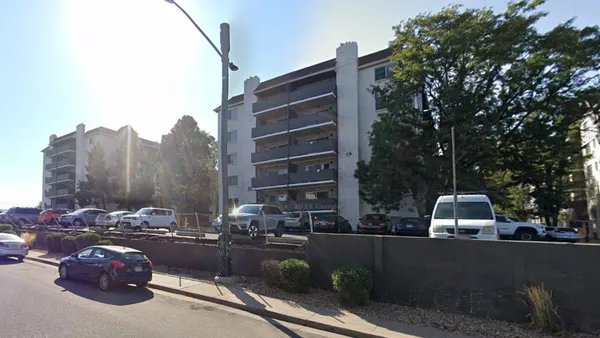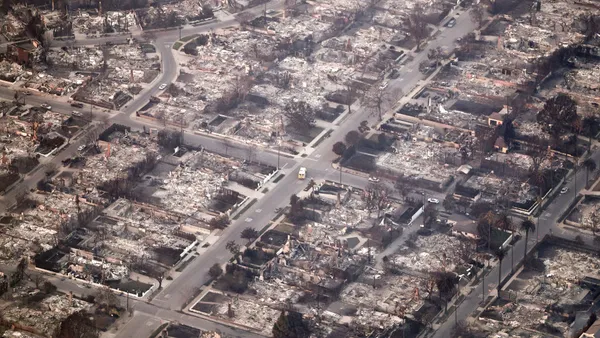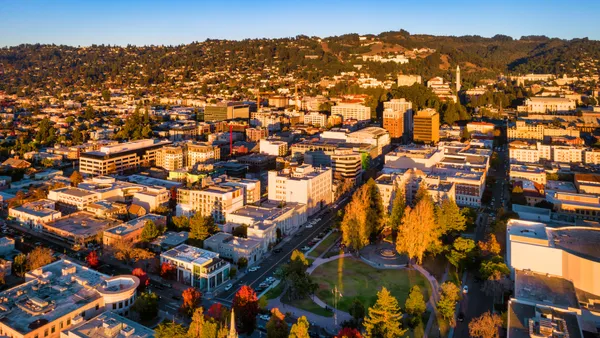Dive Brief:
- Rents rose by 6.2% in 2022, marking the second-highest annual rent growth in this century, according to Yardi Matrix’s latest multifamily report. That growth rate is behind only 2021’s growth of nearly 15%.
- The national average multifamily rent fell $4 from November to December, down to $1,715. Year-over-year growth fell 80 basis points to 6.2%, the lowest rate since May 2021.
- While rents rose rapidly through the first quarter of 2022, economic decline led to a cooling in the fall. As 2023 ushers in new supply, and demand continues to moderate, Yardi Matrix expects that rent growth will fall closer in line with historical levels.
Dive Insight:
Asking rents fell by 0.2% in December and 0.6% in the fourth quarter of 2022. Demand has cooled from 2021 overall, partially because pandemic migration is no longer a driving force of multifamily demand, and affordability and household savings have worn thin, according to the report.
However, demand has begun to rebound in some gateway markets owing to a combination of weak supply growth, more companies requiring a return to the office and an increase in immigration over the past several years.
Indianapolis remained the top market for YOY rent growth at 11.4% and the only market with growth above 10%. All of the top 30 metros experienced YOY rent growth, but only three — New York City, Indianapolis and Houston — experienced month-over-month rent growth of any kind in December.
Renewal rents are up 11.8% year over year as property owners try to raise the rents of existing tenants closer to the higher asking rates, according to Yardi. Lease renewals fell to 64.9% in October, down from the previous month; Philadelphia and Baltimore led the top 30 metro markets for renter retention.
| Market | YOY rent growth, December 2022 | YOY rent growth, November 2022 | Difference |
|---|---|---|---|
| Indianapolis | 11.0% | 11.4% | -0.4 |
| San Jose, California | 9.0% | 9.6% | -0.6 |
| Kansas City, Missouri | 8.3% | 9.2% | -1.1 |
| Miami metro | 8.1% | 9.7% | -1.6 |
| Orlando, Florida | 8.0% | 9.2% | -1.2 |
| Nashville, Tennessee | 7.5% | 8.7% | -1.2 |
| Dallas | 7.5% | 8.6% | -1.1 |
| Charlotte, North Carolina | 7.3% | 8.1% | -0.8 |
| Portland, Oregon | 7.2% | 7.3% | -0.1 |
| New York City | 7.1% | 7.5% | -0.4 |
SOURCE: Yardi Matrix
In the new year, Yardi Matrix expects that asking rents will either remain flat or fall slightly during the spring when demand is strongest. From there, rents are expected to rise moderately, but not to the heights of the last two years, over which rents rose by a total of 22%.
The meteoric rise in interest rates — 425 basis points over the course of seven months in 2022 — has had a ripple effect on the multifamily market through the single-family for-sale housing market. Sales plummeted as homes became less affordable, funneling more households into the rental market. At the same time, sellers are converting their unsold homes into single-family rentals; 9% of U.S. home sellers changed their listings from sale to rental in November, according to John Burns Real Estate Consulting.
While Yardi Matrix anticipates the start of a new cycle in 2023, the year is not expected to be a return to normalcy, given the ongoing impact of COVID-19 and an intersection of financial circumstances that includes the looming threat of a recession in the second half of 2023.
“Multifamily performance in 2023 will be studied for many years,” the report reads, “because it is at the intersection of multiple trends involving the economy, rents, demand and capital markets.



